There are many sweet benefits of having hardwood flooring. It feels luxurious underfoot and it looks quite stylish and rustic. Solid hardwood flooring materials such as oak have nice aesthetic qualities and can impart a lot of warmth and character to a space. Most hardwood flooring is exceptionally strong and can last quite a long time given proper hardwood floor maintenance and care. Alas, hardwood has a reputation for being somewhat high-maintenance when compared to other floor materials.
However, that doesn’t mean it is impossible to maintain. As long as you avoid damaging your hardwood and clean it regularly, a hardwood floor could even last a lifetime. Combating moisture, dirt, and scratches will prevent hardwood flooring from warping and will keep it damage-free. Even damaged hardwood flooring can be brought back to its former glory, and adequate hardwood maintenance can give it a long lifespan. Most steps involved in taking care of your hardwood floors are easy to do and don’t take much time.
Clean Regularly
At a minimum, your hardwood floor needs to be swept regularly to keep it free from dust accumulation. This should be done with a fine-bristled broom to avoid leaving marks on the floor. Keeping your hardwood floor clean is an important part of keeping it in good condition.
Hardwood floors should be vacuumed weekly as well to help get any dust out of cracks between the hardwood planks. This should be done using soft-bristled attachments on the vacuum cleaner to avoid scratching. Pay special attention to area rugs as these can accumulate dust which then filters down to the floor and damages the hardwood. Mopping a hardwood floor will also help give it back its sheen, but you should be sure to use purpose-made hardwood cleaning solutions and avoid getting the mop too wet.
Fight Moisture
Moisture is one of the main enemies of hardwood flooring as it can cause wood planks to warp, discolor, rot, flake, and can even cause mold and mildew growth. So, it’s important to remove any moisture from hardwood as soon as you see it and prevent any liquids from spilling onto the floor. Any spills should be cleaned and dried quickly and thoroughly, and any leaks should be cleaned up and repaired. This will keep water from building up and causing any major damage.

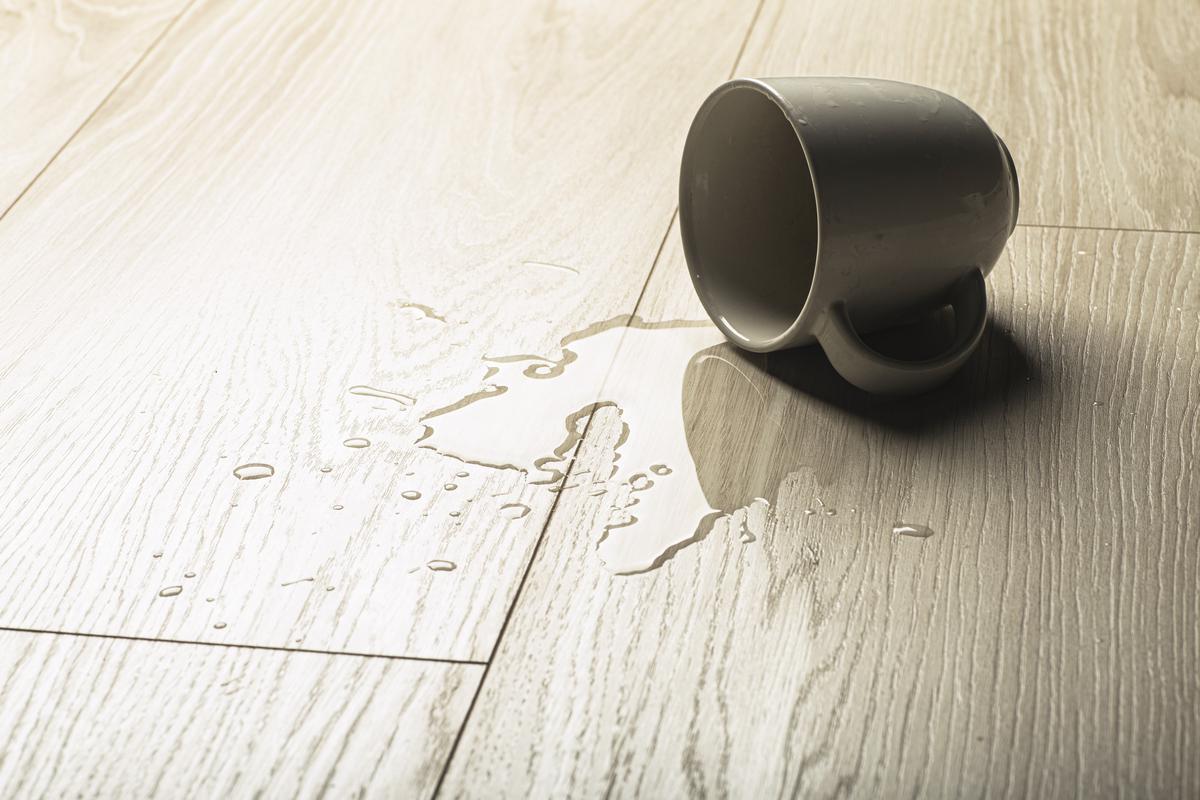
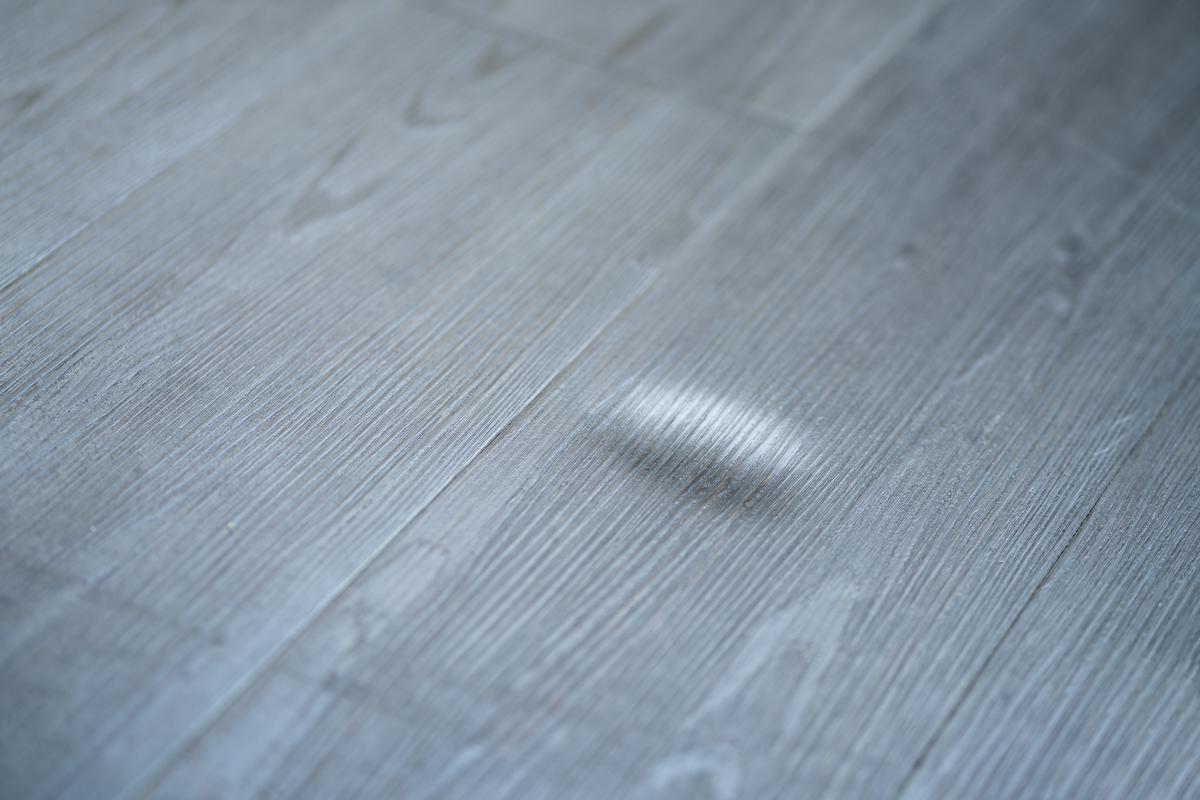
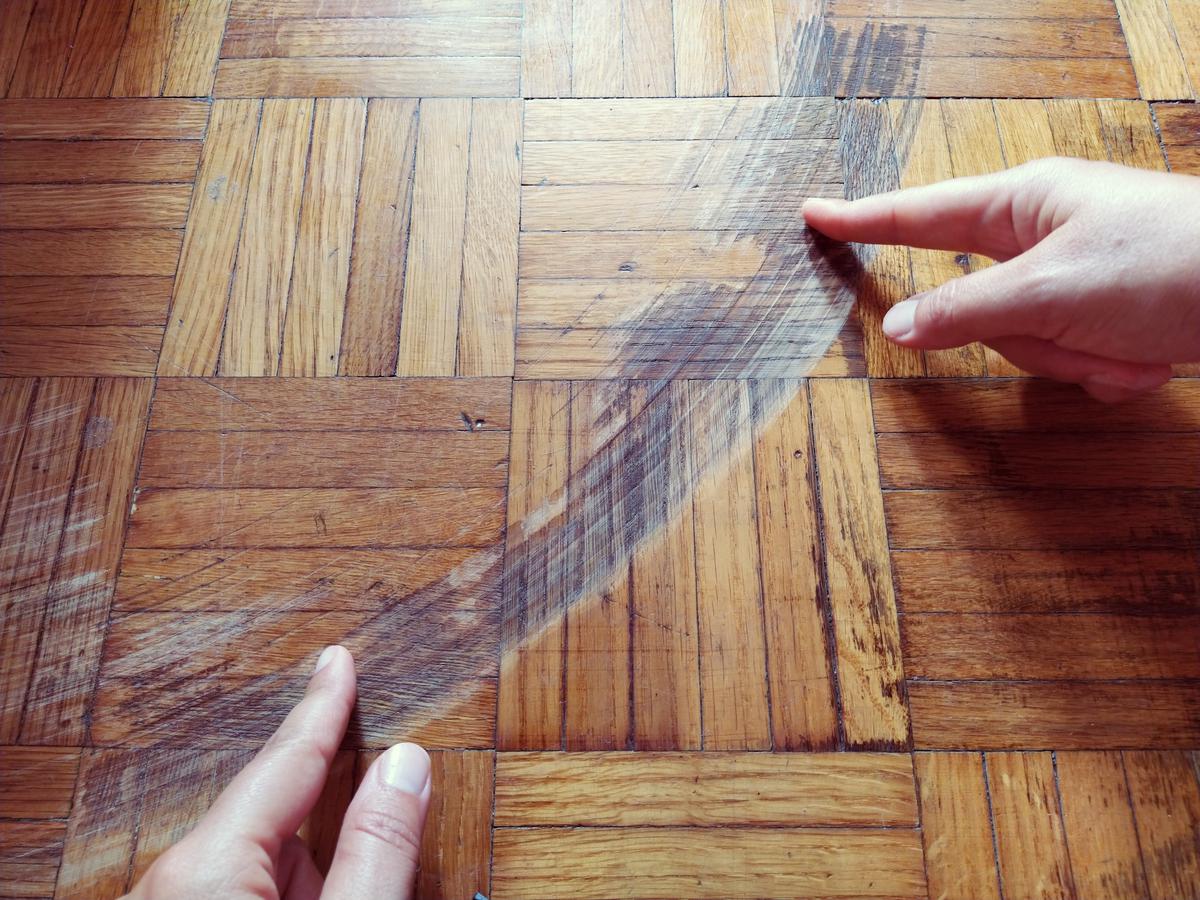
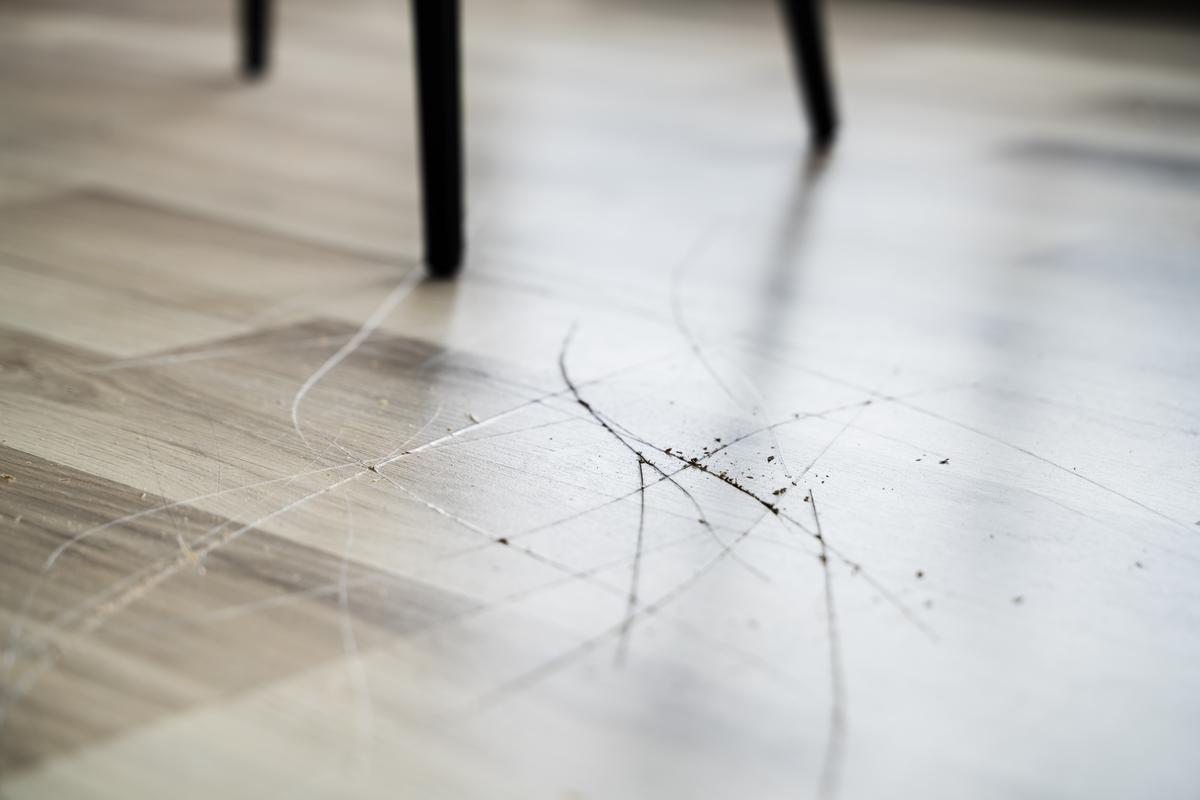

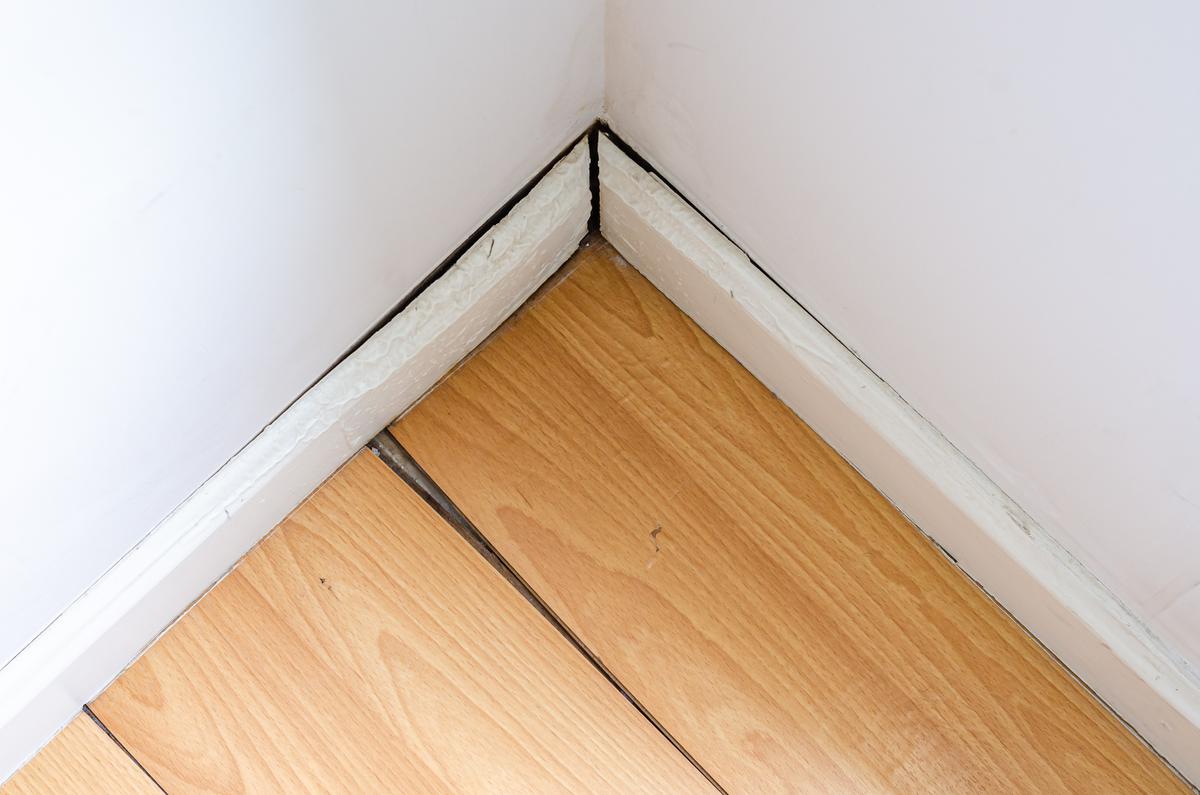
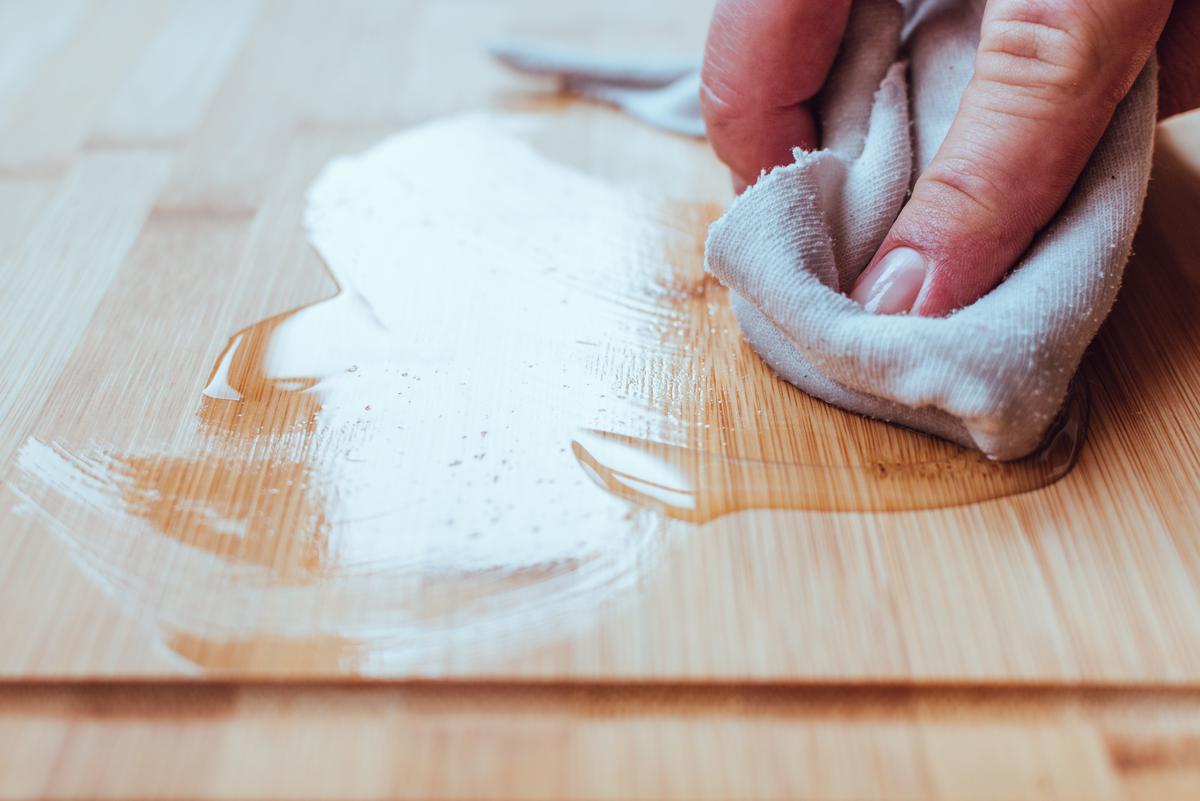
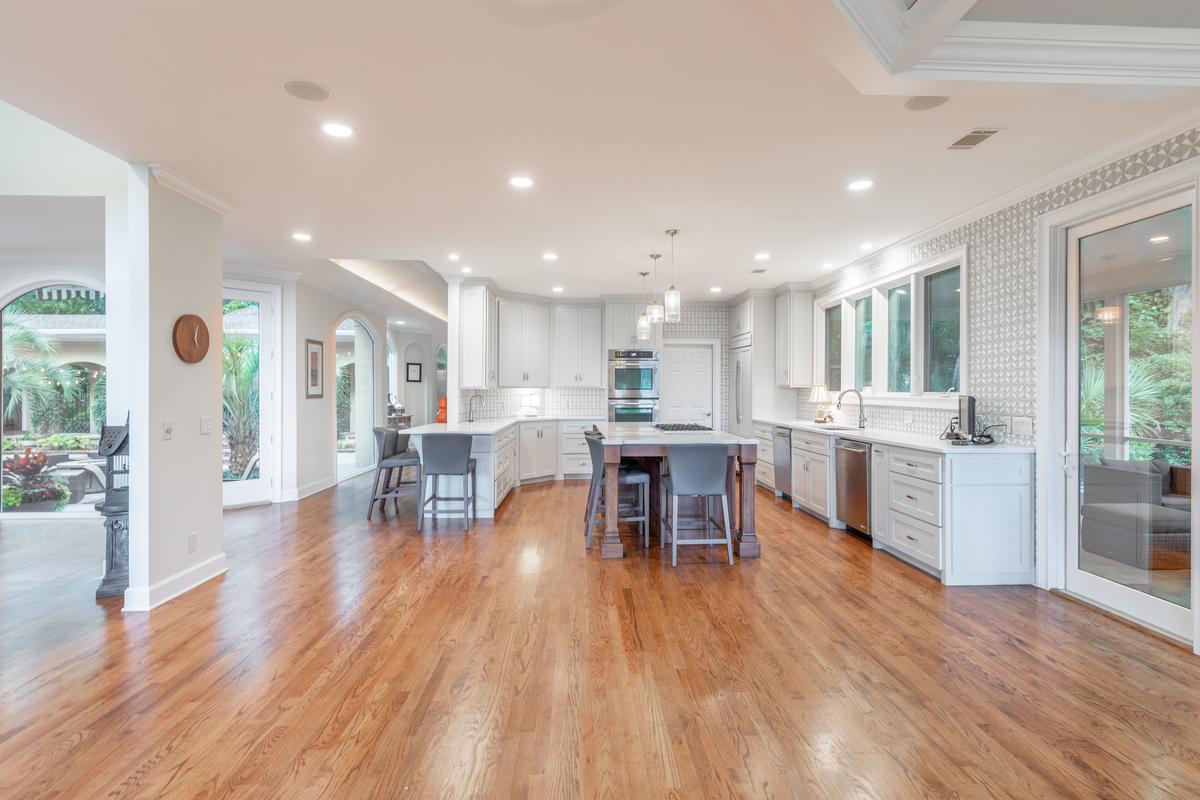

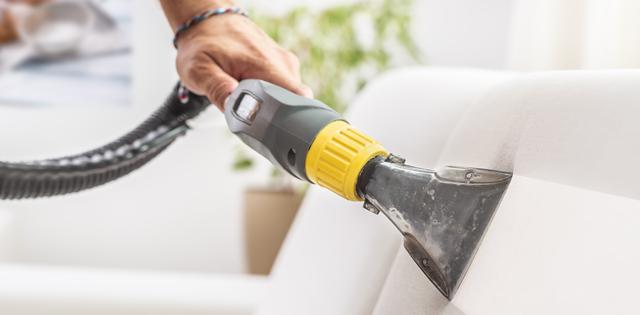
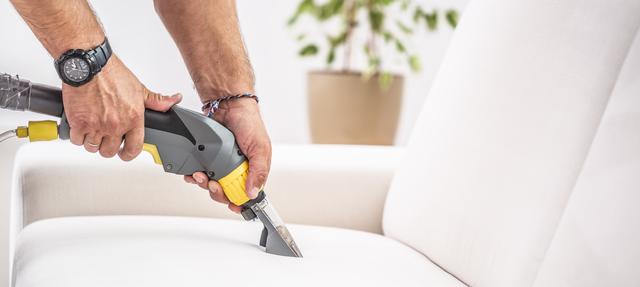
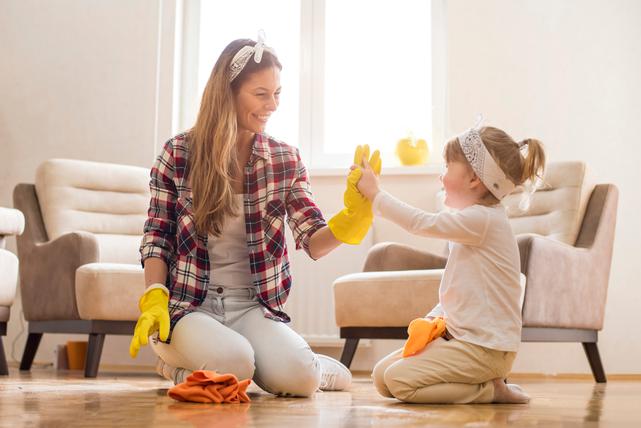
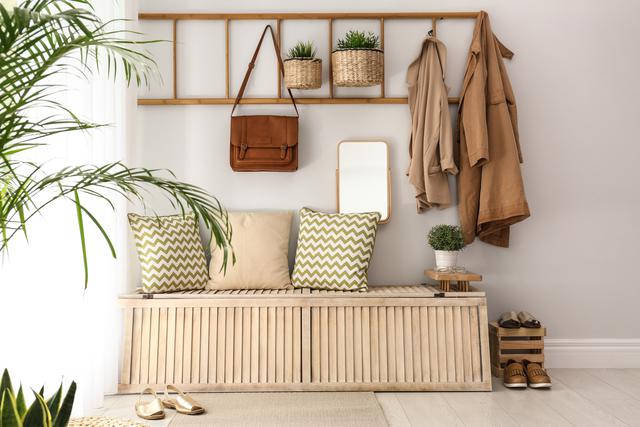
comments